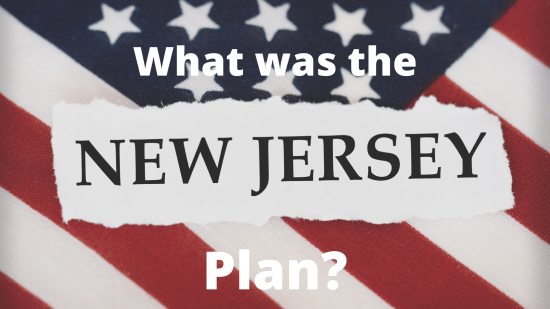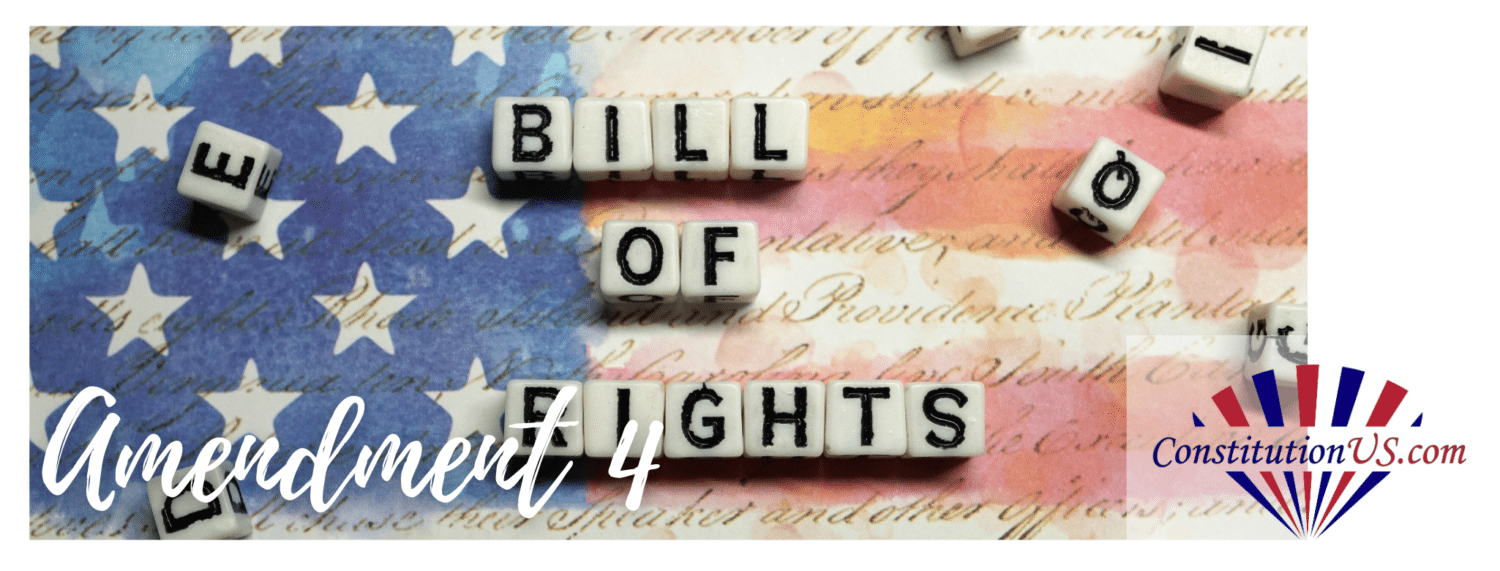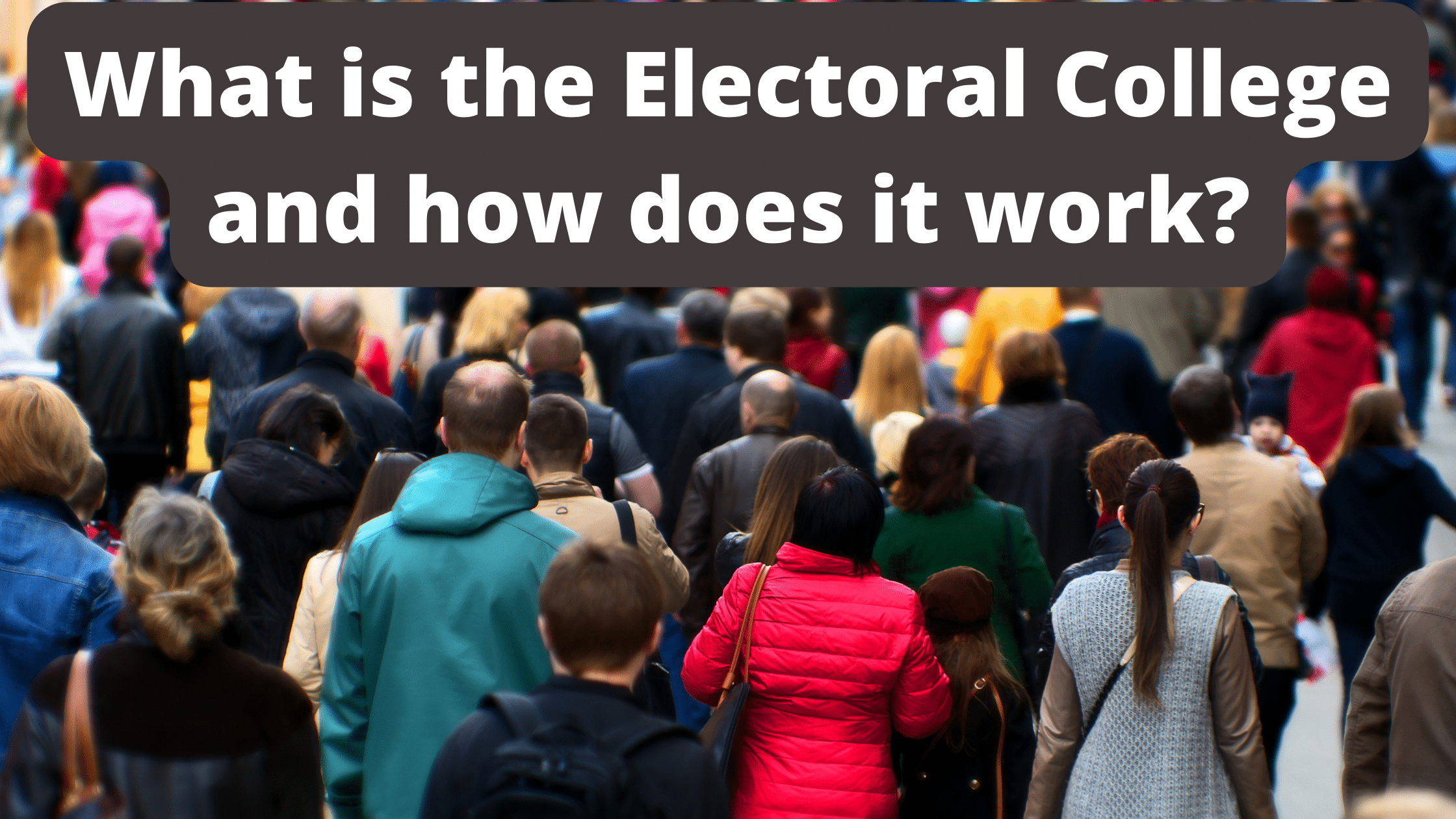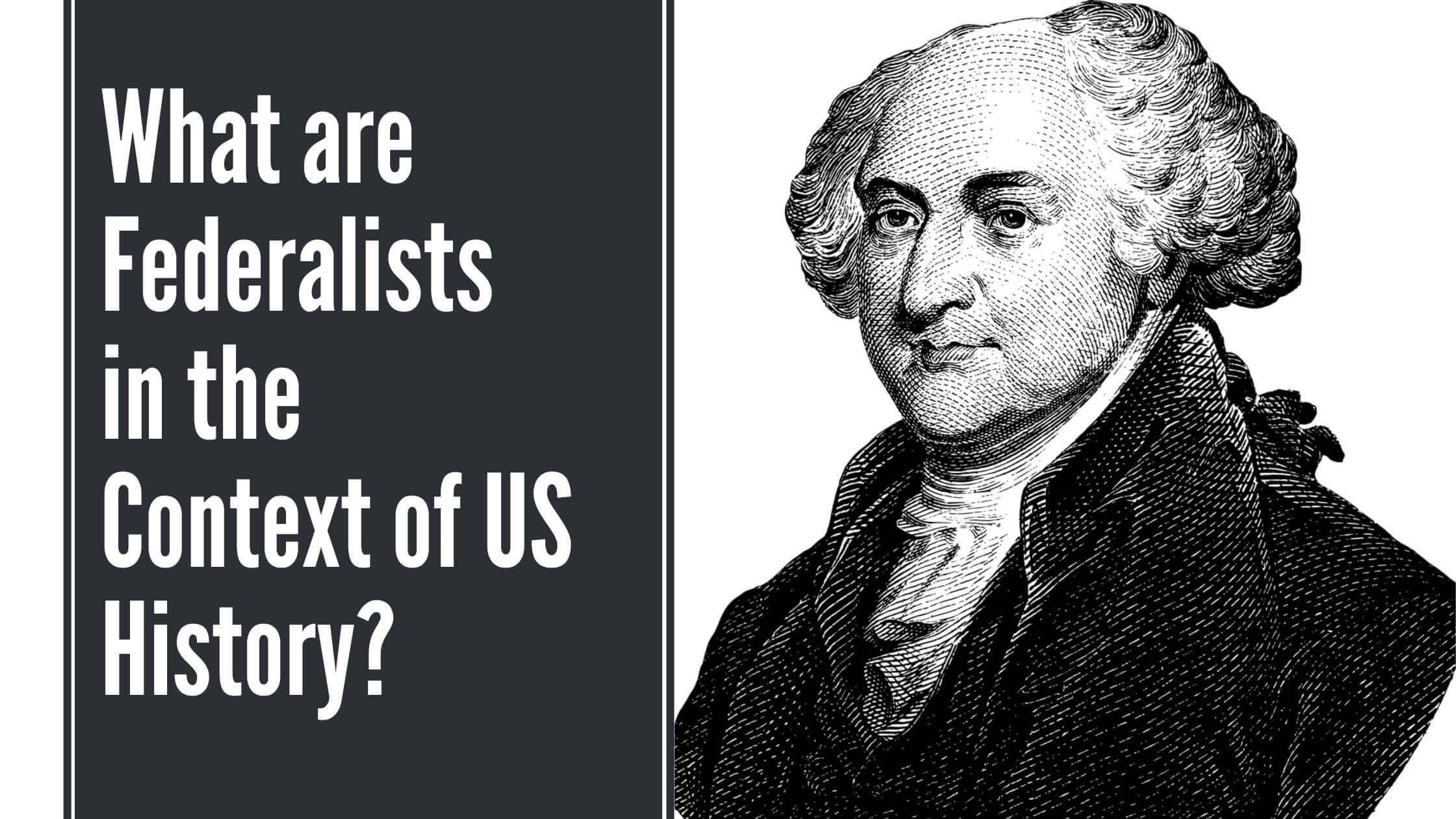Table of Contents
ToggleSources
- https://www.archives.gov/founding-docs/constitution
The National Archives provides authoritative information on the U.S. Constitution, including the context of the Constitutional Convention and the debates between the Virginia and New Jersey Plans. - https://www.senate.gov/artandhistory/history/common/generic/Connecticut_Compromise.htm
The U.S. Senate's official website details the Connecticut Compromise, which blended elements of the Virginia and New Jersey Plans, making it highly relevant to understanding the resolution of the debate. - https://www.britannica.com/topic/New-Jersey-Plan
Britannica is a reliable source for historical information, and this entry specifically covers the New Jersey Plan, its proposals, and its role in the Constitutional Convention. - https://www.history.com/topics/early-us/articles-of-confederation
History.com provides context on the Articles of Confederation, which were central to the debates at the Constitutional Convention and influenced both the Virginia and New Jersey Plans. - https://www.loc.gov/collections/continental-congress-and-constitutional-convention-from-1774-to-1789/articles-and-essays/to-form-a-more-perfect-union/
The Library of Congress offers primary sources and expert analysis on the Constitutional Convention, including the competing plans and compromises that shaped the U.S. government.
Key Points
- The New Jersey Plan was proposed at the Constitutional Convention of 1787 as a counter to the Virginia Plan, aiming to protect smaller states' interests.
- The Virginia Plan proposed a bicameral legislature with representation based on state population, which smaller states feared would marginalize them.
- The New Jersey Plan advocated for a unicameral legislature with equal representation for each state, regardless of population.
- The Constitutional Convention of 1787 aimed to create a functional government, addressing issues like congressional representation, presidential powers, and the slave trade.
- The Articles of Confederation, the first U.S. constitution, were seen as inadequate, leading to debates over taxation and governance structure.
- The New Jersey Plan included clauses for revising the Articles of Confederation, establishing a Federal Judiciary, and ensuring equal rights in state courts.
- Taxation was a key issue, with the New Jersey Plan proposing Congress collect taxes through stamp tax, import taxes, and postage.
- The New Jersey Plan was rejected, but elements were incorporated into the Connecticut Compromise, which balanced proportional and equal representation.
- The Connecticut Compromise created a bicameral legislature: the House of Representatives (proportional representation) and the Senate (equal representation per state).
- The New Jersey Plan's influence ensured smaller states had a voice in government, shaping the current U.S. legislative structure.
Summary
The New Jersey Plan, proposed at the 1787 Constitutional Convention, aimed to protect smaller states by advocating for a single legislative house with equal representation per state, countering the Virginia Plan’s population-based approach. Though rejected, its principles were incorporated into the Connecticut Compromise, which balanced state equality in the Senate with proportional representation in the House. This compromise shaped the U.S. government’s bicameral system, ensuring both large and small states had fair influence.
New Jersey Plan
The New Jersey Plan was a proposal put forward at the Constitutional Convention of 1787 to amend the structure of the government. It came about as a counter to the Virginia Plan, which concerned smaller states due to its bias.
Although the New Jersey Plan proved to be unsuccessful, the Connecticut Compromise allowed for elements of it to become implemented.
To better understand the intentions and origins of the New Jersey Plan and why it was unsuccessful, we need to know more about the Constitutional Convention and the original Virginia Plan.
Constitutional Convention Of 1787.
The Constitutional Convention was a monumental moment in the history of the United States. The event in Philadelphia, which lasted from May to September of 1787, saw 55 delegates from across the nation meet to discuss political issues.
Every state was represented apart from Rhodes Island. However, they boycotted the conference as they disagreed with giving additional power to the central government.
The main focus of the convention was to create a functional government. This meant one that could serve the interests of all Americans. Much of the debate centered on how Congress represented citizens and the president’s powers.
Other notable topics brought up during the event was the Electoral College’s role in electing the president, a bill of rights, and the slave trade.
Problems developed as delegates from small states saw the risks of larger states having too much control. This was a significant problem with the Virginia Plan.
The Articles Of Confederation.
A lot of the debate at the convention hinged on the efficiency of the Articles of Confederation. The document was the first constitution and was created out of necessity following independence. It lacked support from the start and wasn’t ratified until 1781. The problematic document didn’t cover key factors in governance, such as tax, that were necessary for an independent nation.
As things stood, there was a single house of Congress. This is something that those in favor of the New Jersey Plan wanted to uphold. They preferred the idea of one house with one representative but wanted to see some amendments to the Articles of Confederation. The aim here was to reflect the current needs of the nation better. The Virginia Plan wanted a complete overhaul with a switch to the bicameral system with the two houses.
The Virginia Plan.
What is the Virginia Plan?
The Virginia delegates came to the convention in 1787 with a game plan. They knew how they wanted the constitution changed and gave a strong proposal. This meant transforming the structure of the United States Government and seeing an end to the Articles of Confederation.
Edmund Randolph and the influential James Madison led the proposal, and it didn’t take long for them to put forward their case. The convention began on May 25th, with the plan presented on the 29th.
The idea was to create a new form of government with a bicameral approach. The United States government would split between two houses with different representatives. Furthermore, the way states were represented would also change. Instead of one representative per state, there would now be a proportionate number depending on the state population.
The Small State Plan.
The Small State Plan was proposed as an alternative to full proportionate representation across both houses. The main aim was to protect the interests of small states that may otherwise have had their voices drowned out by much larger states.
There was a fear that growing states like Virginia and southern states with large slave populations would continue to increase their representation and overwhelm other states. However, the smaller states wanted a fairer system and supported the New Jersey Plan.
What was the purpose of the New Jersey Plan?
The New Jersey plan supported the idea that the government would have one legislative house instead of the two in the Virginia Plan, and each state would have one representative. It was a much more simplistic approach where every state would have an equal say regardless of population. In other words, Virginia would be no more important in government than New Jersey.
Why Is It Called The New Jersey Plan?
New Jersey was one of many smaller states whose representatives backed this plan. The group consisted of New Jersey, Connecticut, New York, Delaware, and Maryland. That may not sound like a lot today when there are 50 states, but it was just under half of the delegation attending the convention. You have to imagine that if Rhode Island had sent someone too, they would have added their name to the list.
The name of the New Jersey Plan came from New Jersey delegate William Paterson. William Paterson was the one that took control of presenting the final plan to the rest of the convention. There were two weeks of debate after the Virginia Plan announcement, after which William Paterson gave the case for the smaller states.
Why Was The Virginia Plan So Damaging For Those Smaller States?
It is easier to see why these five states were so concerned by the Virginia Plan when looking at the era’s population data. The 1790 census shows that Virginia had a population of 747,610, the highest in the country, with Pennsylvania next at 434,373 and North Carolina third with 393,751.
This data is even more interesting for Virginia because 292,627 of those counted were slaves. Slave-owning states with large populations of enslaved people could see their population rise significantly over non-slave-owning states. By comparison, Delaware, which backed the New Jersey plan, had a population of 59,094 with 8887 slaves.
This data shows how easily a large state could have overshadowed the smaller ones under the proposals in the Virginia Plan. New Jersey, which led the opposing plan, would not have been the worst off. They had a population of 184,139 in 1790. Rhode Island, which wasn’t represented at the convention, had only a population of 68,895.
Other Clauses Mentioned In The New Jersey Plan.
It is worth noting that the New Jersey Plan was about more than just upholding the government structure and protecting the rights of smaller states. Of course, the notion of the equal vote was the driving force, but there were nine resolutions.
There were more clauses relating to the Articles. The first was that although the government structure should remain, the Articles should be revised. This was to ensure they were “adequate to the exigencies of Government and the preservation of the Union.” There was also the desire that all acts of Congress would be seen as the supreme law of the land and the acts be upheld by state judges.
The subject of law and order was common, including creating a Federal Judiciary to oversee important matters like impeachments of Federal Government officers. There was also the notion that all citizens of each state would have the same rights in state courts. This, and the uniform rule of naturalization, enhanced the idea of equality across the states.
Finally, there were some forward-thinking ideas about the development of the nation. For example, there was the plan that Congress would be allowed to elect officials to appoint military officers. Also, there was a clause that provisions should be in place for admitting new states to the union.
The New Jersey Plan And Taxation.
The issue of taxation was a big talking point during the convention because the original articles failed to address it. So, naturally, the delegates came up with various proposals to improve taxation in the country. One of the most important of these was simply that Congress should have the authority to collect taxes in various ways.
The New Jersey plan proposed improving Congress’s powers by letting them collect taxes through stamp tax, import taxes, and postage. Furthermore, those that did not pay their share would face prosecution in state courts.
Another interesting part of the proposal relates to the 3/5th compromise. This compromise determined how slaves were counted as part of a population. States that counted slaves in full could have been awarded more money than others deemed worthy. Instead of counting slaves in full or not at all, the compromise was 3/5th. The proposal was that this would apply to requests by Congress for money totaling more than that raised by federal taxes.
The New Jersey Plan Was Rejected In Part.
While there were many important points about the Articles of the Confederation and the rights of smaller states, the New Jersey Plan was rejected. The convention voted to see which plan would pass, and Paterson lost by a vote of 7-3.
However, this lack of a unanimous vote and the strong will of those smaller states meant that the matter wasn’t over. Those that fought for the bill weren’t going to bow out silently when the voice of their state was under threat. Thankfully for those on the side of the New Jersey Plan, there was room for a compromise.
The Connecticut Compromise.
Ultimately, it was the Virginia Plan that became the basis for the structure of the US Government. This approach of a bicameral legislature was seen as the best approach and continues today with both the House of Representatives and the Senate. However, there was room for a compromise where the New Jersey Plan elements influenced procedure.
There are different rules in place in both houses. The House of Representatives has power determined by population, as was the notion in the Virginia Plan. But, the Senate has an equal vote per state. This means that California, with its 39.37 million residents, has the same number of senators as Wyoming with its 0.58 million residents.
Over in the House of Representatives, there is a far greater shift in the proportion of elected officials. As do many states with low populations, Wyoming has one, and 36 states in total are in single figures. But, Florida and New York have 27, Texas has 36, and California has 53. There is a cap on the total number of representatives at 435. This restriction led to a change in numbers for some states following the ratification of Alaska and Hawaii.
Why Was The Connecticut Compromise So Important?
There will always be debate over the fairest system between equal votes per state and proportional representation. On the one hand, there are far more citizens with opinions and voices across the vast landscape of California than in Wyoming. So, it makes sense to have more officials representing them. But, the number can look massive compared to the single representative from other states.

Get Smarter on US News, History, and the Constitution
Join the thousands of fellow patriots who rely on our 5-minute newsletter to stay informed on the key events and trends that shaped our nation's past and continue to shape its present.
Equal representation in the Senate is one way to ensure that the views of one state don’t take over during discourse on national issues. But, should there be the same number of senators for the densely populated diverse state of New York as Alaska? Some would say yes and others no.
That is why it is so important that the nation has the Great Compromise in place. The benefits of both the New Jersey Plan and Virginia Plan are implemented where applicable without damaging state representation more generally.
The Importance Of The New Jersey Plan On The Government.
We can’t simply look at the New Jersey Plan as an option that failed when it helped shape the current system. If William Paterson and the other small state delegates hadn’t spoken out and presented this alternative plan, the United States would have only had the Virginia Plan and proportional representation across the board. The resulting Connecticut Compromise brought enough of the New Jersey Plan into play to protect the influence of small states in Congress.
What Was The New Jersey Plan? Quiz
Frequently Asked Questions
What was the main purpose of the New Jersey Plan?
Why was the Virginia Plan considered damaging for smaller states?
How did the Connecticut Compromise resolve the debate between the Virginia and New Jersey Plans?
What were some key clauses included in the New Jersey Plan besides equal representation?
Why is the New Jersey Plan still significant despite its rejection?
How useful was this post?
Click on a star to rate it!
Average rating / 5. Vote count:
No votes so far! Be the first to rate this post.
We are sorry that this post was not useful for you!
Let us improve this post!
Tell us how we can improve this post?







